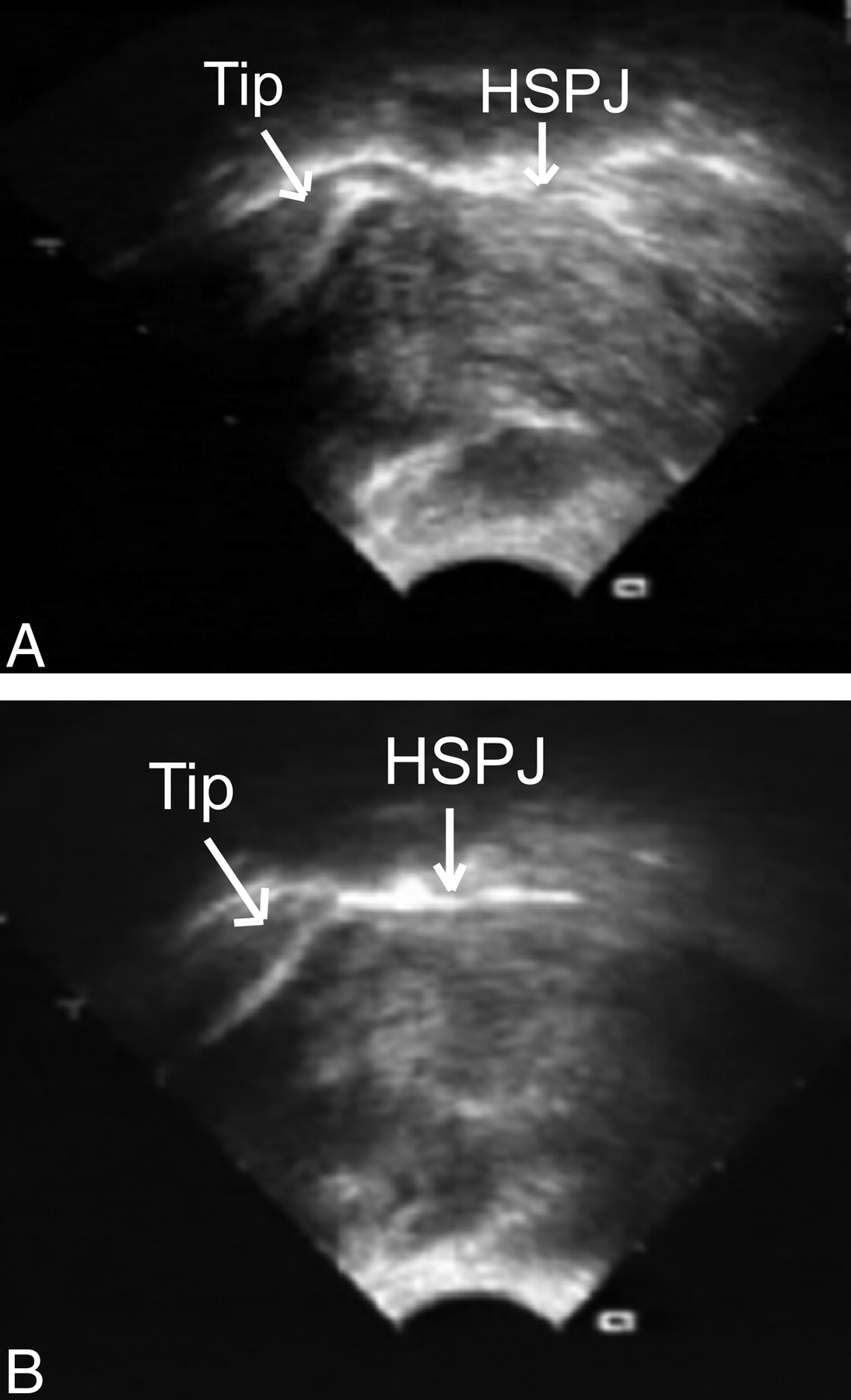All too often, patients come to me after a diagnosis of tongue-tie (or lip-tie) has been made, thinking that a procedure is going to suddenly change the way their child breastfeeds. Rarely, especially in the very young child (<2 weeks of age), that is possible. The majority of the time, however, that is not the case.
Because babies practice sucking skills in utero, a newborn with an intraoral restriction can have a latch that is quite abnormal the first time they try to nurse. If these restrictions are adequately addressed, the only thing that I provide the infant is the anatomical potential to have a normal latch. If that baby has habits that interfere with normal breastfeeding, little improvement will be initially shown.
An example I often cite was inspired by Dr. Brian Palmer: If I ask you to train for a marathon for 3 months, but during that 3 month period, your shoes are tied together, you will develop a specific way of running the marathon. You might be able to eventually finish that marathon on race day in that fashion. But if I untie your shoes on the morning of race day and ask you to run that marathon in a normal fashion, your training for 3 months won't help you much. You would have developed a different skill set and muscle strength to compensate.
Tongue-tied children practice sucking against resistance up to the moment their ties are released. Often, there is significant muscular discoordination and habit that doesn't allow them to nurse efficiently. I don't think it's reasonable to expect a mom and child to nurse normally right after a procedure. Unfortunately, despite my advice to see an international board certified lactation consultant (IBCLC), moms still often feel that it's an optional step. In my experience, there is a much higher percentage of babies who fail to improve after a frenotomy when an IBCLC isn't involved in the aftercare.
Why is it important to see an IBCLC afterwards?
- As a breastfeeding mom, there's a chance you have no idea how to breastfeed. This isn't meant to be patronizing. If you are a new mom, and your baby's tongue-tie or lip-tie is causing you significant symptoms, you may have adapted compensatory mechanisms to deal with those symptoms. Furthermore, if you have multiple children but some or all of them have the same problem, there's a chance that you have no idea what normal breastfeeding is supposed to be like. IBCLC's can use their experience to help improve positioning and latch to optimize results.
- You may have been given a nipple shield nearly immediately to help you breastfeed your child. This can result in some nipple confusion and weaning off the shield (which most moms don't want to use) can be difficult. Often, you will need an IBCLC to help guide you.
- If significant sucking dysfunction exists, the baby may need to undergo suck retraining to help strengthen the muscles better suited for nursing.
- Many moms use breast pumps that can exacerbate problems with their breasts. IBCLCs can help improve the right fit and technique for pumping.
- Most practitioners are not IBCLCs. As an ENT, I know some of the basics of lactation support, but to equate my procedural expertise as expertise in lactation support would not be advisable.
- This list is obviously not all-inclusive. It is only meant to demonstrate how a procedure alone can still fail to improve breastfeeding problems. I view the IBCLC as the focal point in the treatment plan.
Who else can be involved in treating specific breastfeeding problems?
- Chiropracters/craniosacral therapists - significant muscle tension can be alleviated with bodywork. My experience is that there is higher proportion of children with tongue-tie who also have torticollis as a contributing factor to nursing difficulty.
- ENT - if your practitioner isn't an ENT, involving an ENT for other potential issues of the mouth and throat can be helpful as well. Problems such as submucous cleft palate and laryngomalacia can also be present with a tongue-tie.
- Speech and Language Pathologists - while they are less often than other practitioners, in situations where there is a suspicion of severe reflux, aspiration, or difficulty with solid foods, their expertise is to determine if different swallowing dysfunction exists.
How should you choose your Iactation consultant? My colleagues Renee Beebe and Lyla Wolfenstein wrote this helpful article to help you. While some may think that addressing tongue-tie or lip-tie is just a matter of proper technique and healing, I think it is vital that you go into the procedure with your team in place, rather than scrambling afterward to find someone who can help you.




